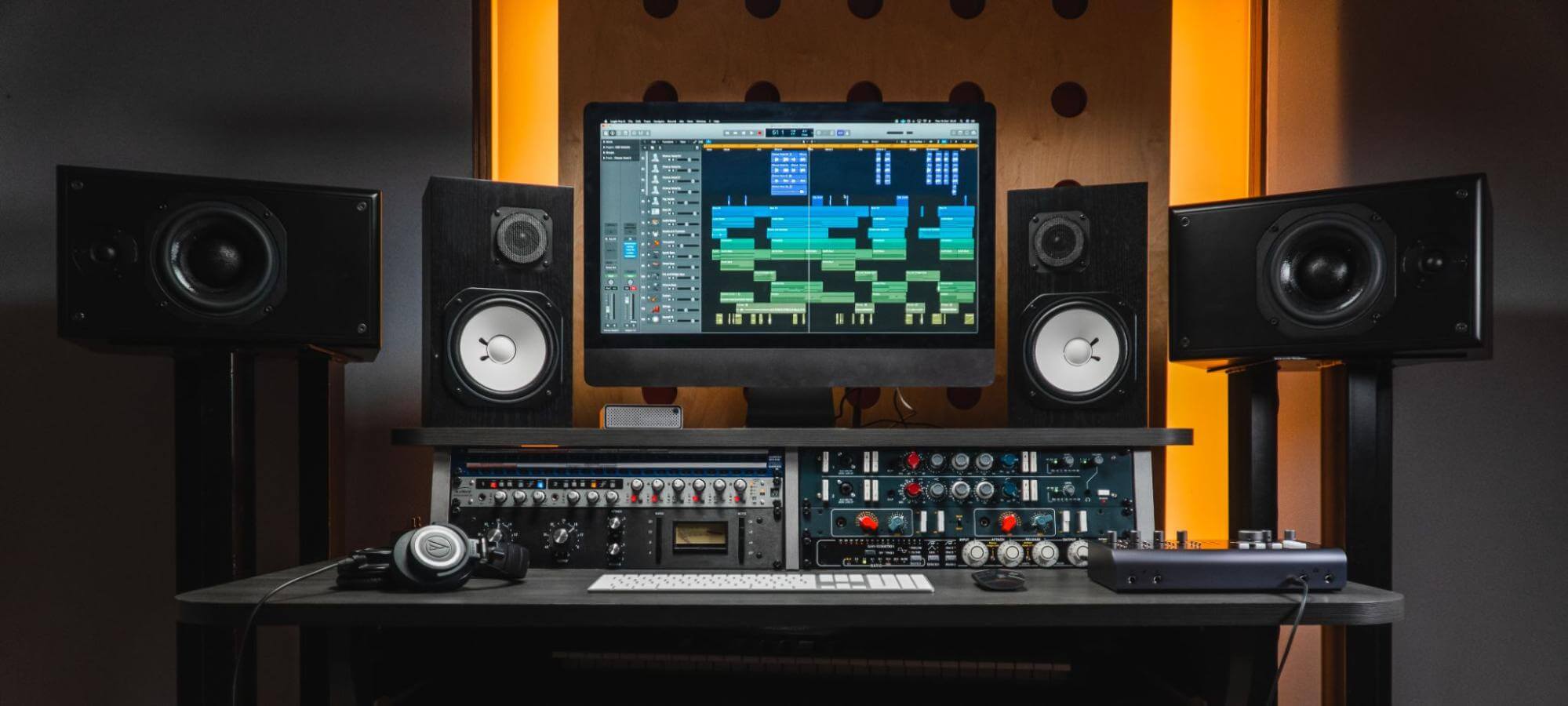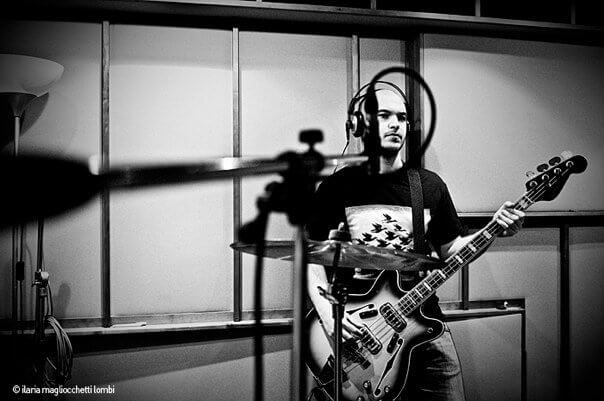Video
James LoMenzo’s Guide to Recording Bass
Part 1: Choosing a Bass
1. Bolt On
Bolt On Basses
Bolt On basses are so named, because of the fact that the neck of the bass is bolted on to the body. These were the first kind of electric bass guitar, brought on by the Leo Fender design in the ’50s, and you will have heard on literally millions of records. You will find these types of basses on pretty much everything from rock to R&B and everything in between.
Bolt Ons have a very distinct characteristics, they tend to be really punchy in the lower frequencies, with a fast attack and a quick decay. They can sustain a bit depending on the components and setup that you have on any particular bass, but they are more commonly defined by their attack, with the overall sound being distinct and familiar in rock and roll. Generally they are set up with passive tone controls, although you can get them with active controls, where the bass has a battery in it and circuitry that brings up the level of the low impedance at the output. Passive basses typically have a knob accompanying the volume knob (or knobs) which controls the ‘tone’, essentially cutting off the top end to give a bit of control over the sound of the bass.
2. Neck Through Basses
Neck Through Basses
As the name suggests, the neck of the bass goes through the body to the bottom. They usually book-match two pieces of wood on either and build the bass around the neck. This construction offers some different tones to the bolt on basses, generally offering longer sustain and a smoother attack, which make these types of basses very good for rock, jazz, gospel and fusion. It is worth bearing in mind though that if you are wanting to go for a punchy, authentic R&B or rock sound that a bolt on might suit that better, although you can really play anything on these basses and have a lot of fun with it!
Typically neck through basses have active tone controls, which brings up the level of the output, and also lets you get a bit more dynamic range out of them and it is less susceptible to noise and interference. The active tone control allow for greater shaping of the sound on the bass, essentially having a comprehensive EQ built into the bass itself.
Tone Woods
Tone Woods
The type of material and the overall structure of the bass is not only for making it look good, but it will play a large role in the sound of the bass. Different types of wood and combinations of wood are often used, referred to as Tone Woods. Alder is perhaps the most commonly used, although you quite often find Ash, Mahogany, Basswood, and Maple as well. There are many more types of tone woods used, each with their own characteristics, more resonance and sustain, slightly scooped mids, added ‘growl’…the list goes on!
Extra Strings
Extra Strings
Aside from neck through and bolt on guitars, you can get basses with more than the traditional four strings, all the way up to twelve strings and whatever anyone else is crazy enough to attempt! These extra strings can be higher or lower in pitch than the regular four strings, some even doubling up with octaves. These extra stringed basses can come in all the types discussed above, passive, active, bolt on, neck through, and are typically used for certain types of music or scenarios, so while nothing is stopping you going out and buying a 12 string bass, you may find that it doesn’t lend itself to the widest range of scenarios if you are just starting out! These types of basses are great for creating that slightly more unique sound, when a song calls from some extra high or low notes from the bass.
Fretless
Fretted vs Fretless
The majority of basses you will come across are likely to have frets, which mark semitone separations between notes. If you press your fingers pretty much anywhere within two frets, you will get one note, so you don’t need to worry about the tuning of individual notes like you would on an upright bass for example. Fretless basses, as the name suggests, do not have frets down the length of the fingerboard, instead the player must place their fingers in the correct position to create the note. This makes fretless bass generally harder to play as you will need to worry about the tuning of individual notes, however you are able to achieve proper glissandos where you slide smoothly between notes. You do have to apply more pressure to the strings in order to get a clear note, as the finger needs to hold the string still against the fretboard, whereas with a fretted bass, you only need to apply enough pressure to hold the string against the fret.
Besides the difference in style of playing, the main difference is the way that the bass sounds. Fretless basses tend to have less attack and less presence in the higher and mid ranges, so sometimes they sound less like a plucked instrument, and more like a rich and deep note which starts and ends in time. This means that fretless basses may not work so well in songs that require the bass to cut through with lots of high frequency attack, some heavier rock and metal for example, however there are also songs where a fretted bass may not perform as well, and a fretless may sound much better suited.
Our Products
-

2输入 | 2输出 音频接口
-

10输入 | 6输出 音频接口
-

6输入 | 4输出 音频接口
-

14输入 | 8输出 音频接口
-

10输入 | 14输出 音频接口
-

20输入 | 24输出 音频接口
-

24输入 | 32输出 音频接口
-

10输入 | 14输出 音频接口
-

10输入 | 4输出 音频接口
-

2输入 | 2输出 音频接口
-

4输入 | 4输出 音频接口
-

24输入 | 24输出 音频接口
-

开始录音所需的一切
-

8 通道智能前置放大器带 AD/DA
-

具有ADC的8通道麦克风前置放大器
-

具有 HMX 和 IRON 的 8 通道麦克风前置放大器
-

大型录音控制台
-

小型模拟录音控制台
-

小型模拟录音控制台
-

沉浸式音频接口与监听控制器
-

桌面监听控制器
-

环绕声控制器



